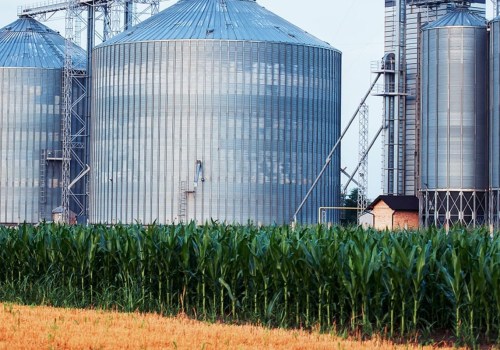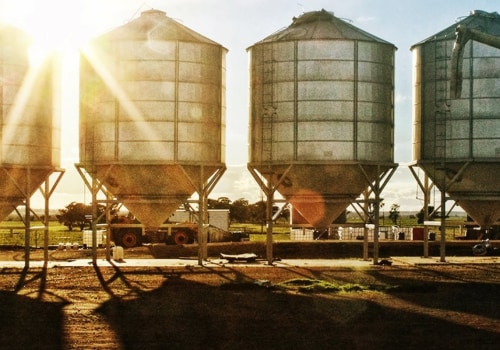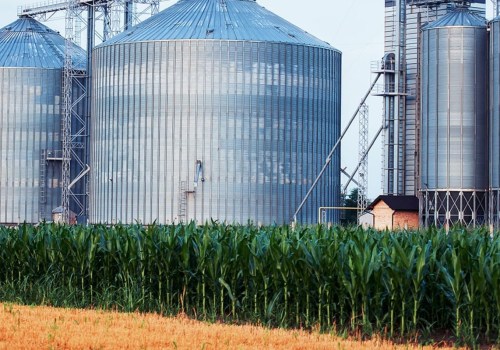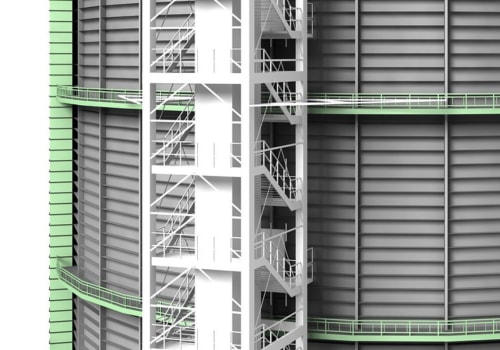In the world of search engine optimization (SEO), the term "silo" refers to a structured approach to organizing website content to improve both user experience and search engine rankings. The silo method involves grouping related content into distinct categories or sections, ensuring that each topic remains organized and interconnected. By creating a logical site structure, silos help search engines understand the relationship between different pages, leading to better indexing and ranking potential. Websites that use a well-structured silo system benefit from enhanced keyword relevance, stronger internal linking, and improved navigation, all of which contribute to higher visibility in search engine results.
How SEO Siloing Works
Siloing in SEO is based on the principle that search engines reward websites that present clear, relevant, and well-structured content. When a site is properly siloed, search engines can easily determine the hierarchy of information, making it easier to index and rank pages based on relevance. There are two main types of silos: physical silos and virtual silos.
Physical silos involve organizing website content through URL structure and directory hierarchy. For example, an e-commerce site selling electronics might create separate folders for different product categories, such as "/smartphones," "/laptops," and "/cameras." Within each category, related subcategories and product pages are placed under the appropriate folder, reinforcing the topical focus.
Virtual silos, on the other hand, rely on internal linking to establish content relationships. Even if pages are not physically placed in the same directory, they can be connected through strategic linking to create a thematic structure. A blog about digital marketing, for example, could have separate silos for "SEO strategies," "content marketing," and "social media tips," with each section linking only to relevant articles within its own category. This type of internal linking helps distribute link equity efficiently while maintaining topical relevance.
The SEO Benefits of Siloing
One of the primary advantages of implementing an SEO silo structure is improved keyword relevance. By grouping related content together, search engines recognize a website's expertise on a given topic, increasing the likelihood of ranking for targeted keywords. When multiple pages within a silo focus on variations of the same topic, the entire section gains authority, making it easier to rank for competitive search terms.
Silos also enhance user experience by providing intuitive navigation. Visitors can find relevant content more easily, reducing bounce rates and increasing the time spent on the site. A well-organized site structure encourages users to explore more pages, which signals to search engines that the content is valuable and engaging.
Another key benefit of siloing is the efficient distribution of link equity. Internal links play a crucial role in SEO by passing authority from one page to another. In a properly siloed structure, link juice is concentrated within specific categories, ensuring that the most important pages receive the strongest ranking signals. This approach prevents dilution of link equity and maximizes the impact of internal linking efforts.
Common Mistakes in Siloing and How to Avoid Them
While siloing can significantly improve SEO performance, improper implementation can lead to issues that hinder rankings. One common mistake is overcomplicating the silo structure, making navigation confusing for both users and search engines. A silo should be structured logically, with clear categories and subcategories that flow naturally.
Another frequent error is excessive cross-linking between silos. While internal linking is essential, linking unrelated pages across silos can weaken the topical relevance of each section. For example, if an automotive website has a silo for "car maintenance" and another for "car reviews," linking between the two sections excessively can blur the thematic focus, making it harder for search engines to determine content relevance.
Thin content is another challenge in siloing. Each silo should contain comprehensive and well-researched content that provides real value to users. If a category has only a few pages with minimal information, it may not be strong enough to establish authority in search rankings. Expanding silos with high-quality, in-depth content ensures a stronger SEO foundation.
Leveraging Technology to Optimize SEO Siloing
Manually managing a siloed website structure can be complex, especially for larger websites with extensive content. Fortunately, modern SEO tools and content management systems (CMS) provide solutions to streamline siloing efforts. Website owners can use automated site audits to identify gaps in internal linking, detect orphan pages, and analyze keyword distribution across silos.
For businesses looking to enhance their website organization and customer relationship management, Daylight - seamless CRM & administration software offers powerful tools to manage content, track user engagement, and optimize digital strategy. By integrating CRM and administration capabilities with SEO management, businesses can ensure that their silo structures align with their marketing and customer engagement goals.
Conclusion
Siloing is a highly effective SEO strategy that improves website structure, keyword relevance, and internal linking efficiency. By organizing content into distinct categories, businesses can enhance user experience, boost search engine rankings, and establish authority within their niche. However, proper implementation is key to maximizing the benefits of siloing. Avoiding common mistakes, maintaining logical navigation, and leveraging modern SEO tools help ensure a successful silo strategy. As search engines continue to prioritize well-structured content, adopting a siloed approach remains a valuable investment in long-term digital success.






